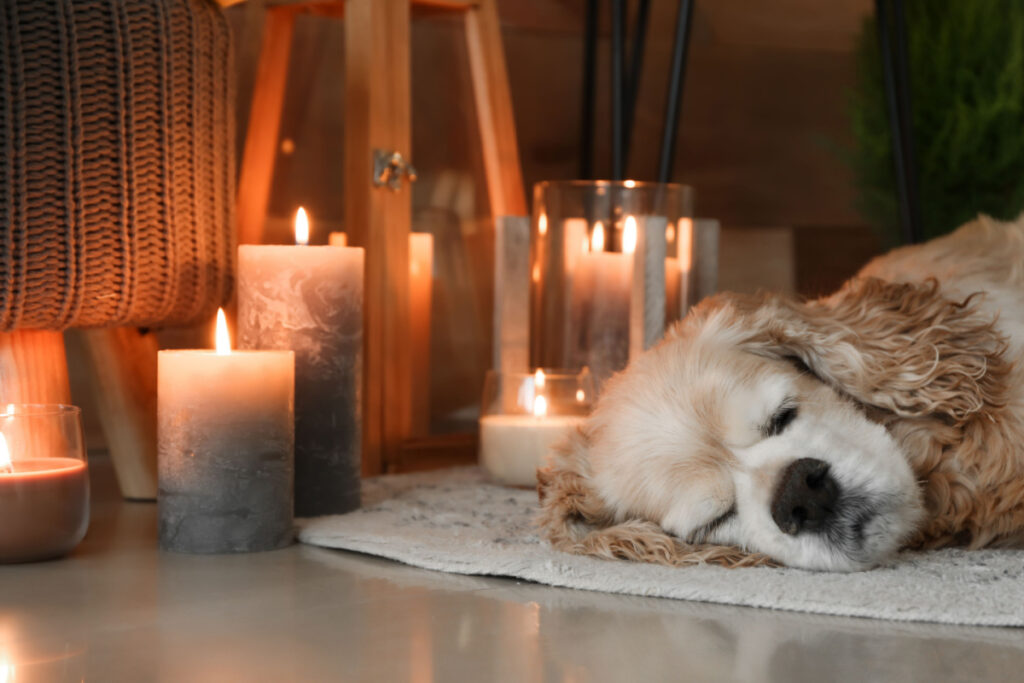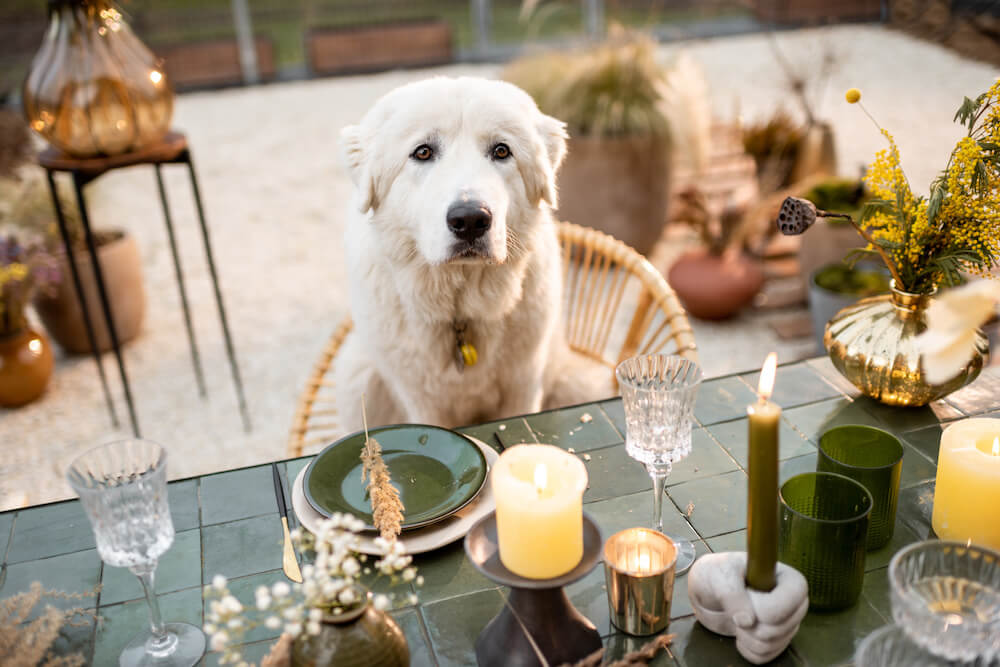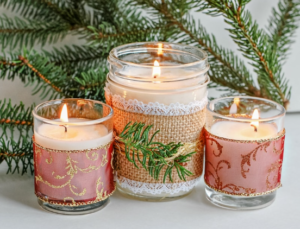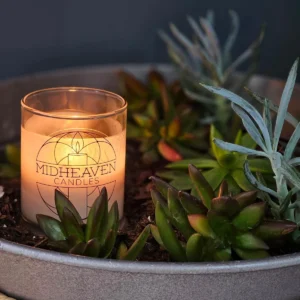Pet owners understand the joy and comfort that pets bring into their lives. They are cherished companions who deserve a safe and healthy environment. At the same time, many people enjoy the cozy and fragrant ambiance that candles provide. However, not all candles are safe for pets. This article serves as a comprehensive guide to choosing and making pet-safe candles. It covers the importance of using safe candles, harmful ingredients to avoid, benefits of pet-safe candles, and step-by-step instructions for making your own. By the end of this guide, you’ll be equipped to create a pet-friendly home environment filled with the warmth and scent of safe candles.
The Importance of Pet-Safe Candles

Understanding the Risks
Traditional candles can contain ingredients that are harmful to pets. Commonly used paraffin wax is derived from petroleum and, when burned, releases toxins such as benzene and toluene. These substances can cause respiratory issues and other health problems in pets. Synthetic fragrances and dyes used in many candles can also emit volatile organic compounds (VOCs) that are harmful when inhaled. Additionally, some candles have wicks with metal cores, including lead, which can be toxic to pets if ingested.
Why Pet-Safe Candles Matter
Using pet-safe candles is crucial for creating a safe and healthy home environment for your furry friends. Pets, especially those with smaller respiratory systems like birds and small mammals, can be particularly sensitive to airborne pollutants. By choosing or making pet-safe candles, you can enjoy the ambiance and fragrance of candles without compromising the health and well-being of your pets.
Harmful Ingredients to Avoid
Paraffin Wax
Paraffin wax is a byproduct of petroleum and is commonly used in candle making due to its affordability and availability. However, burning paraffin wax releases harmful chemicals into the air. These chemicals can contribute to indoor air pollution and pose health risks to both humans and pets. As an alternative, consider using natural waxes such as soy, beeswax, or coconut wax. These waxes are derived from natural sources and burn cleaner, emitting fewer toxins.
Synthetic Fragrances and Dyes
Synthetic fragrances and dyes are often used to add scent and color to candles. However, these artificial additives can release VOCs and other harmful substances when burned. Pets are particularly vulnerable to these toxins, which can cause respiratory issues, skin irritation, and other health problems. Opt for candles made with natural essential oils and natural dyes, such as those derived from plants or minerals, to ensure a safer environment for your pets.
Lead and Metal Wicks
Some candles use wicks with metal cores to help them stand upright. However, these metal wicks can contain lead, which is toxic if ingested and can release harmful particles into the air when burned. Instead, choose candles with cotton or wood wicks. These natural materials are safer and provide a clean, even burn.
Benefits of Using Pet-Safe Candles
Health Benefits
Pet-safe candles contribute to improved air quality in your home. Natural waxes like soy, beeswax, and coconut wax burn cleaner than paraffin, producing less soot and fewer pollutants. This can reduce allergens and toxins in the air, creating a healthier environment for both you and your pets.
Enhanced Ambiance
Pet-safe candles allow you to create a cozy and inviting atmosphere without compromising safety. The gentle flicker of candlelight can provide a calming effect, making your home a more relaxing place for both you and your pets. By choosing candles made with natural ingredients, you can enjoy the soothing effects of candles while ensuring your pets’ well-being.
Aromatherapy for Pets
Certain scents have calming effects on pets, much like they do on humans. Aromatherapy can benefit pets by reducing stress and anxiety. Scents like lavender, chamomile, and cedarwood are known for their calming properties and are safe for pets when used in moderation. Using pet-safe candles with these scents can create a tranquil environment that helps your pets relax.
Choosing Pet-Safe Candles
Reading Labels and Ingredients
When selecting candles for your home, it’s important to read labels carefully. Look for candles made with natural waxes like soy, beeswax, or coconut wax. Ensure that the candles use cotton or wood wicks and are free from synthetic fragrances and dyes. Labels that indicate the use of essential oils for scent are preferable, as these are typically safer for pets.
Trusted Brands and Certifications
Several brands specialize in producing pet-safe candles. Look for brands that prioritize natural ingredients and have certifications indicating their commitment to safety and quality. Certifications such as “organic,” “non-toxic,” or “natural” can provide assurance that the candles are safe for use around pets.
DIY Options
Making your own candles is a great way to ensure they are pet-safe. DIY candle making allows you to control the ingredients and customize the scents and colors to your preference. Basic materials for DIY pet-safe candles include natural waxes, cotton or wood wicks, and essential oils. By following a simple process, you can create beautiful and safe candles tailored to your home.
Step-by-Step Guide to Making Pet-Safe Candles
Materials and Tools Needed
- Natural Waxes: Choose from soy wax, beeswax, or coconut wax.
- Wicks: Use cotton or wood wicks.
- Essential Oils: Select pet-safe essential oils such as lavender, chamomile, or cedarwood.
- Containers and Molds: Use heat-resistant containers or silicone molds for shaping your candles.
Preparation
Set up a dedicated workspace for candle making. Ensure the area is well-ventilated and free from pet interference. Cover your work surface with newspaper or a protective cloth to catch any spills. Gather all your materials and tools before starting. Wear protective gloves to prevent burns and skin irritation from hot wax.
Melting the Wax
- Double Boiler Method: Fill the bottom pot of your double boiler with water and bring it to a gentle simmer. Place the wax in the top pot and allow it to melt slowly, stirring occasionally to ensure even melting.
- Microwave Method: If using a microwave, place the wax in a microwave-safe container and heat in short intervals (30 seconds to 1 minute), stirring between each interval. Be cautious of overheating and monitor the temperature closely.
Use a thermometer to monitor the wax temperature. Different waxes have specific melting points, so ensure the wax reaches the appropriate temperature before proceeding.
Adding Essential Oils
Once the wax is fully melted, remove it from the heat source and add your chosen essential oils. Follow the recommended usage rates for essential oils to avoid overpowering scents. Typically, 1 ounce of essential oil per pound of wax is sufficient. Stir well to incorporate the fragrance evenly throughout the wax.
Pouring the Wax
Carefully pour the melted wax into the prepared containers or molds. To avoid air bubbles, pour slowly and steadily. If air bubbles do appear, gently tap the containers on the countertop to release them. Ensure that the wicks remain centered and upright throughout the pouring process.
Cooling and Setting
Allow the candles to cool and harden completely. This can take several hours, depending on the size and type of wax used. Avoid moving or disturbing the containers during this time to prevent cracks or uneven surfaces. Once the candles are fully set, trim the wicks to approximately 1/4 inch above the candle surface to ensure a clean and safe burn.
Creative Ideas for Customizing Pet-Safe Candles
Color Variations
Creating unique color variations can add visual interest to your candles. Use natural dyes such as beetroot powder, turmeric, or spirulina to color your candles. For multi-colored layers, pour the first color of wax and allow it to set slightly before adding the next layer. To achieve an ombre effect, gradually add more dye to the wax as you pour each layer, creating a gradient from light to dark.
Scent Combinations
Blending different essential oils can result in delightful and unique scents. Experiment with combinations like lavender and chamomile for a calming effect, or cedarwood and orange for an invigorating aroma. Ensure you follow safety guidelines for using essential oils, as some oils can be overpowering or cause irritation if used in excess.
Decorative Elements
Adding decorative elements to your candles can enhance their aesthetic appeal. Dried flowers, herbs, or pet-safe embellishments embedded in the wax can create a beautiful, natural look. Personalized labels and packaging can also add a special touch to your creations. Just ensure that any decorative materials used are safe and will not interfere with the candle’s burning.
Tips for Using and Displaying Pet-Safe Candles
Placement in the Home
Choose safe locations for your candles to avoid accidents. Place candles on stable, heat-resistant surfaces away from flammable materials. Keep candles out of pets’ reach to prevent them from knocking them over or getting burned. Consider using candle holders with wide bases to increase stability.
Burning Safety
Always supervise burning candles to prevent hazards. Never leave candles unattended, and keep them away from drafts or vents that could cause uneven burning. When extinguishing candles, use a snuffer or gently blow them out to avoid splattering hot wax.
Enhancing the Atmosphere
Incorporate pet-safe candles into your home decor to create a relaxing and inviting ambiance. Use candles as part of a relaxation routine, such as during a bath or meditation session. Creating pet-friendly relaxation spaces with comfortable bedding and soothing scents can help both you and your pets unwind.
Conclusion
Recap of Key Points
Using pet-safe candles is essential for maintaining a healthy and safe environment for your pets. By understanding the harmful ingredients to avoid and the benefits of natural alternatives, you can make informed choices when purchasing or making candles. DIY candle making offers a fun and creative way to ensure your candles are pet-friendly and customized to your preferences




